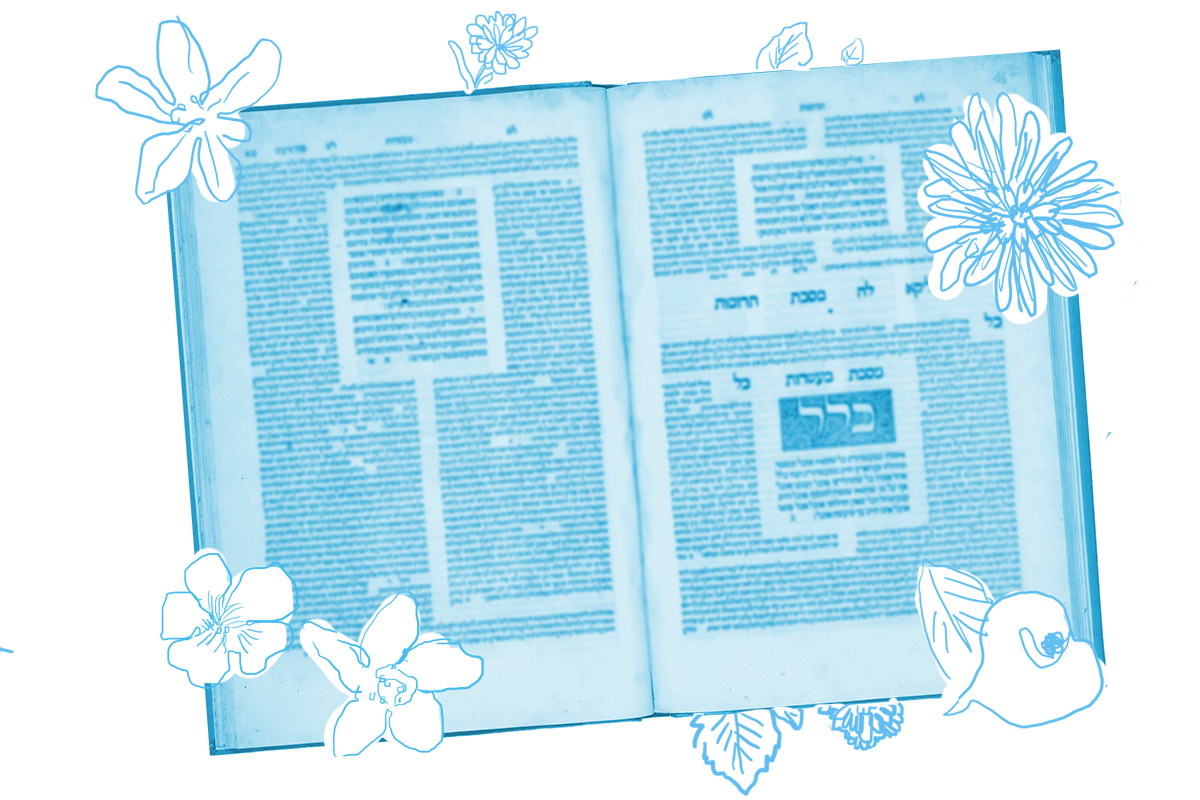Chapter 40 of Exodus describes the anointing of Aaron and his sons to serve as kohanim (priests) in the Tabernacle. This appointment is hereditary and the descendants of Aaron were meant to serve as an “everlasting priesthood throughout the ages.” (Exodus 40:15) One can’t become a priest. One can only be born one.
Although the Jewish community has been without the Temple for more than 2,000 years, many Jewish families still claim priestly ancestry and observe rituals particular to the priesthood — among them, receiving the first aliyah to the Torah, delivering the priestly blessing, and not entering cemeteries.
In our day, scientists have begun to explore questions about who is a kohen and whether they are related. Reports suggest (see here and here) that many modern day kohanim share common ancestry. Lacking a DNA sample from Aaron himself, we can’t determine for sure that all modern kohanim actually descended from him. In fact, we are not even sure that Aaron was a historical figure. But evidence is growing that many families who have a tradition of being kohanim are indeed related.
Genetic testing is not a requirement to substantiate a claim of membership in the priestly caste today. Those who make such a claim are generally taken at their word. But as we learned on yesterday’s daf, this was not so in the talmudic period:

Help us keep Jewish knowledge accessible to millions of people around the world.
Your donation to My Jewish Learning fuels endless journeys of Jewish discovery. With your help, My Jewish Learning can continue to provide nonstop opportunities for learning, connection and growth.
The presumptive status for priesthood (is established by) lifting of the hands (for the Priestly Blessing), by distribution (of terumah) at the threshing floors, and by testimony.
This means that performing priestly tasks — blessing the community with the Priestly Blessing, receiving terumah — are signs that one has been accepted as a priest by the community. Barring that, one can establish priestly status by the testimony of witnesses.
On today’s daf, the Gemara considers whether unsolicited, offhand comments are enough to substantiate one’s priestly status. For example, Rav Yehuda said that Shmuel said:
There was an incident involving a person who was speaking offhandedly and said: “I remember when I was a child and still carried on my father’s shoulder, and they took me out of school, and removed my cloak, and immersed me to partake of terumah that evening.”
Given that only priests can eat terumah and that they must do so in a state of ritual purity, it is logical to assume that a person with such a memory from childhood does come from a family of kohanim. And the Gemara seems to agree, considering such a statement to be sufficient to establish someone as a kohen.
Given the strict standards for testimony required by the rabbis for other matters raised in Tractate Ketubot, and the discussions we’ve seen about the fallibility of recall, it’s puzzling that the Gemara accepts a distant childhood memory as sufficient evidence to secure priestly status. Perhaps the reason is that this particular memory includes a multi-sensory, emotional experience. The child is lifted onto his father’s shoulders, immersed in the purifying waters of the mikveh, and fed a special meal. This kind of memory accesses all five senses, and recalls a moment of emotional, spiritual and physical sustenance. It is the kind of childhood memory people treasure and draw strength from throughout their lives. And it is the kind, we like to think, that is not likely to be false.
Read all of Ketubot 26 on Sefaria.
This piece originally appeared in a My Jewish Learning Daf Yomi email newsletter sent on August 1st, 2022. If you are interested in receiving the newsletter, sign up here.



